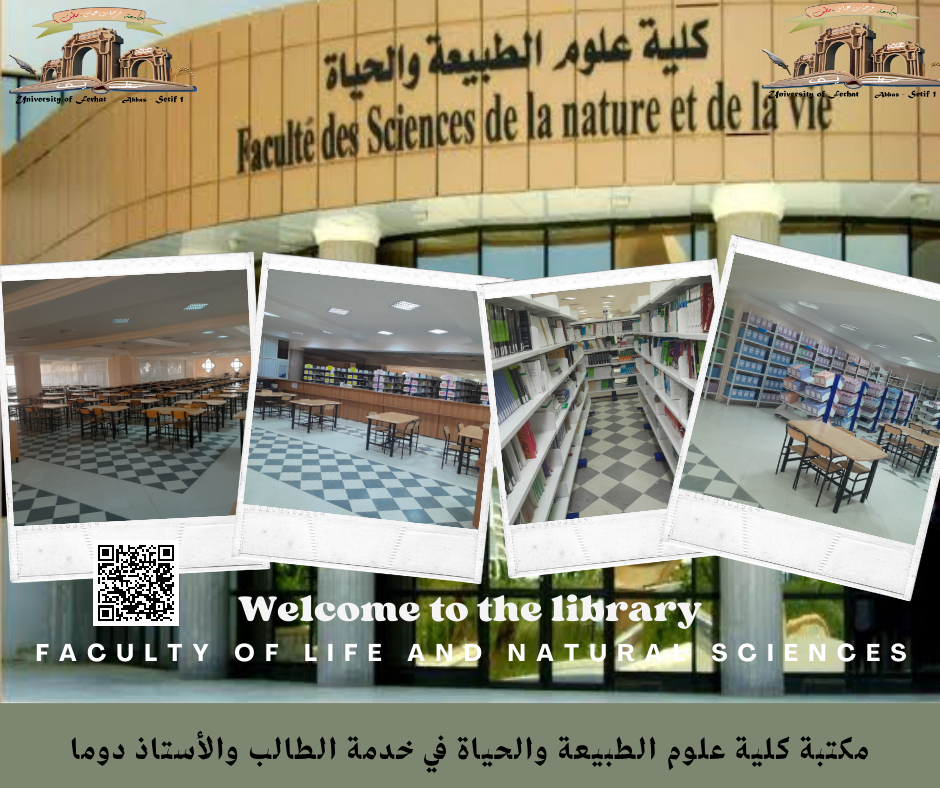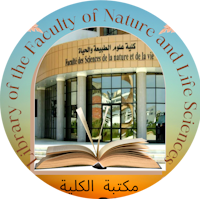|
RÃĐsumÃĐ :
|
Arctium lappa L., a medicinal plant from the Asteraceae family, is used in cooking and traditional medicine, with its roots and leaves being consumed. It is common in Europe, America, and Australia, and popular in Asian cuisine. Interestingly, it is found in Algeria but not widely known. The study aims to understand the chemical composition and evaluate the medicinal properties of the plant sourced from a mountainous region in BÃĐjaÃŊa province, specifically assessing its antioxidant and antimicrobial activities. Aqueous and methanol extracts were obtained from different parts of the plant (roots, leaves, and fruits) by soaking in distilled water and methanol, respectively. The yield of the aqueous extract from the roots, leaves, and fruits was 16,60 %, 12,21 %, and 8,045 %, respectively, while the methanol extract was 22,95 %, 16,90 %, and 9,92 %, respectively. The chemical estimation of polyphenols in the aqueous extracts of roots, leaves, and fruits was determined using the Folin Ciocalteu reaction, with values of 66,24 mg GAE/g E, 14,06 mg GAE/g E, and 25,43 mg GAE/g E, respectively. For the methanol extracts, the values were 107,67 mg GAE/g E, 93,61 mg GAE/g E, and 113,42 mg GAE/g E, respectively. The total flavonoid content in the aqueous extracts was 18,73 mg QE/g E, 10,44 mg QE/g E, and 15 mg QE/g E, while in the methanol extracts, it was 15,72 mg QE/g E, 25,18 mg QE/g E, and 7,72 mg QE/g E, respectively. Antioxidant activity was evaluated by DPPH free radical scavenging assay, with CI50 values of 92,51 Ξg/ml, 106,45 Ξg/ml, and 181,71 Ξg/ml for the methanol extracts of roots, leaves, and fruits, respectively. For the aqueous extracts, the values were 51,25 Ξg/ml for roots and 94,13 Ξg/ml for fruits, with no activity recorded for the leaves. No antimicrobial activity was observed in the extracts against the tested bacteria except for the very weak activity in the methanol extract of fruits.
|


